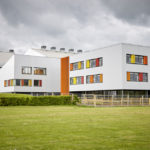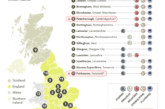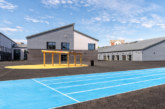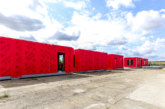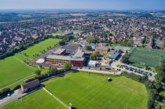Tracey Jackson, Business Development Manager at Howells Patent Glazing, talks to LABM about the importance of light in education facilities and offers advice on the specification of rooflights.
There are numerous benefits associated with natural light, ranging from environmental to physical and mental health and wellbeing. While there is a growing emphasis on reducing dependency on electric lighting and cutting energy costs, it’s the positive impact on our minds and bodies that’s proving to be most rewarding.
Natural light is more dynamic. It is a diffused light which changes throughout the day. This is more stimulating than the static illumination of artificial light. Research indicates that it improves focus, learning capability and concentration, which can lead to increased productivity. This is due in part to its effect on our circadian rhythm.
It’s no wonder then that we are naturally drawn towards bright, light-filled spaces, especially when exposure to sunlight is thought to increase serotonin levels. As a result, we feel happier and more alert in spaces illuminated by daylight and sunlight.
Daylighting therefore is proving a crucial architectural technique for those responsible for the design and refurbishment of work and education settings, especially the latter.
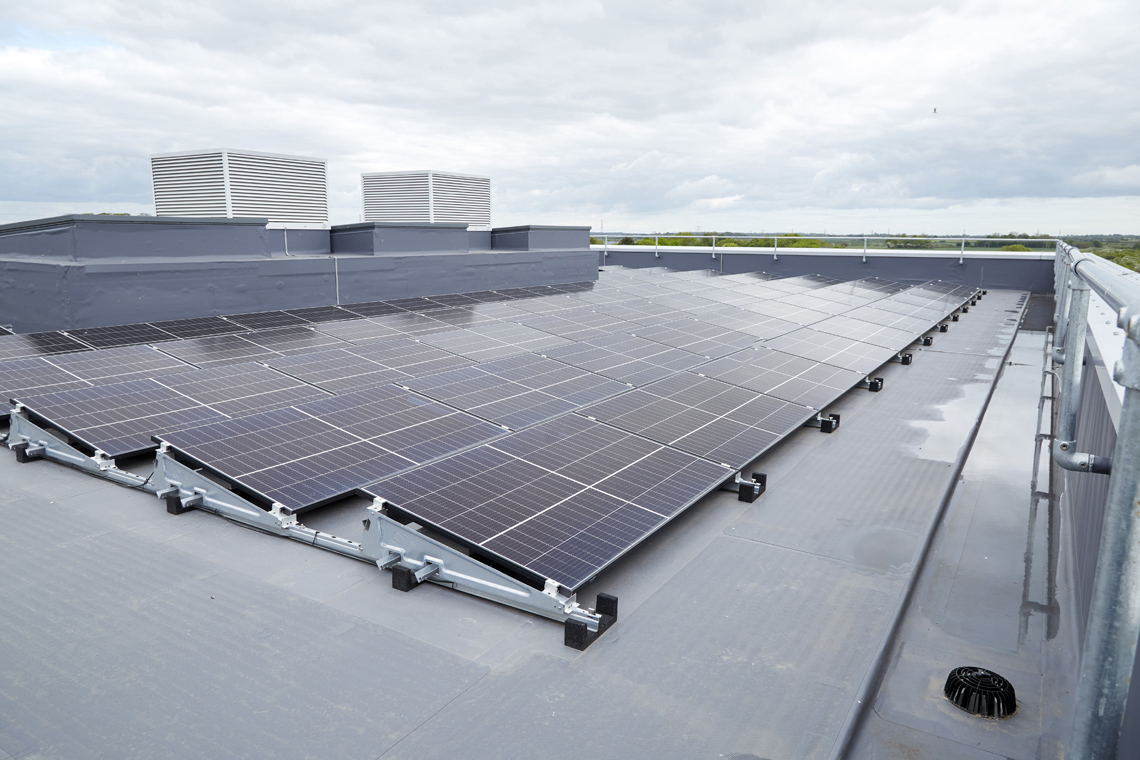 Daylighting in schools
Daylighting in schools
UK students spend 195 days of the year in school. Each day five to six hours are spent in a classroom. In a review by UCL graduate, Jean-Baptiste Clochet entitled: ‘The importance of daylighting in classrooms and its effect on primary students’ academic performance’, Clochet cites, ‘…their [a student’s] environment can have a decisive impact on their academic performance.’ ‘…Out of all the design parameters in school, including air temperature, acoustics, and CO2 concentration, according to one study daylight has the highest impact on overall student progress.’
‘Natural light positively contributes to higher academic performance in reading as well as in science. […] It also supports attention, the stability of the circadian cycle and overall health, mental health, and comfort, which in turn, leads to better academic performance.’
Rebuild and improve UK schools
With the Department of Education pledging millions of pounds to rebuild and improve over 1,000 UK schools, daylighting will be an integral factor in helping the government deliver and provide safe, comfortable, and energy-efficient school buildings.
Government advice on standards for school premises published in March 2015 advises: ‘For lighting to be suitable, attention needs to be paid to … giving priority to daylight in all teaching spaces, circulation, staff offices and social areas.’ While also ‘providing means to control daylight and sunlight, to avoid glare, excessive internal illuminance and summertime overheating.’
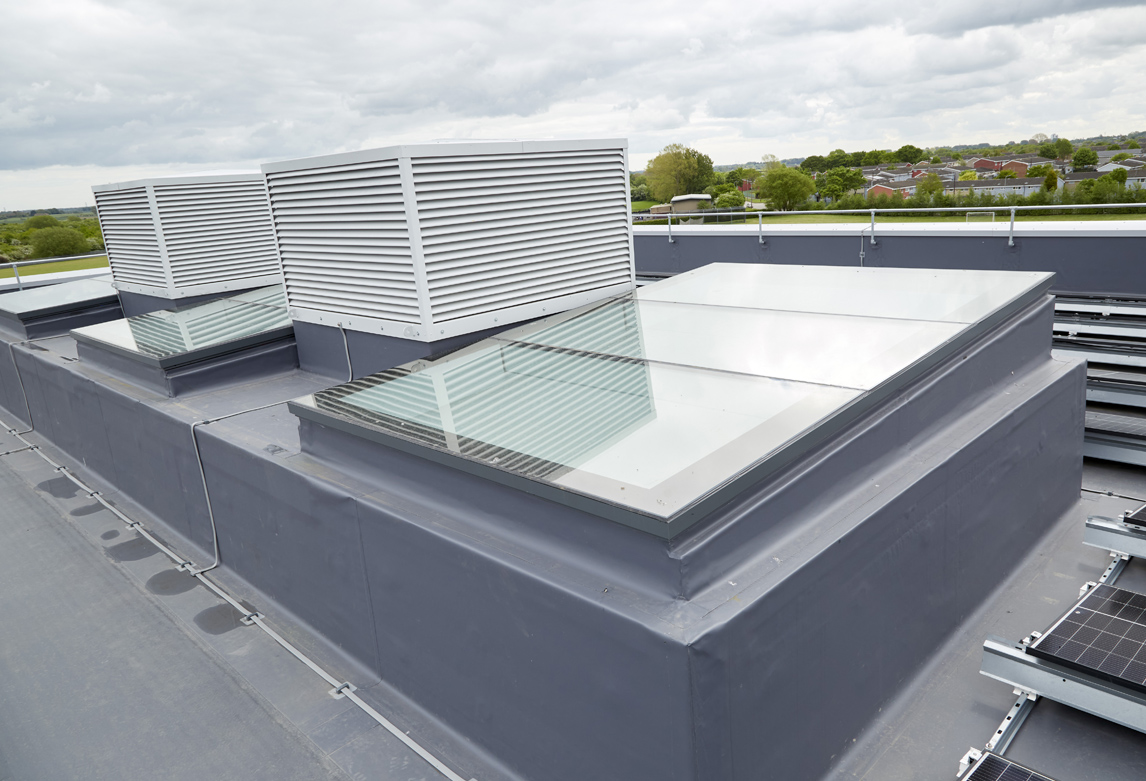
Maximise daylight with rooflights
One of the ways architects and facilities and building managers are maximising daylight is with the addition of rooflights. Delivering almost three times more daylight than a vertical window, glazed roof products are ideal for illuminating spaces deep within a floorplan. Three flat-top rooflights were recently specified for the new Russell Building at Kingswood Academy in Hull for this reason — to maximise natural light in the atrium.
Rooflights for Kingswood Academy
Main contractor, Sewell Construction was tasked with delivering the £4.4m extension — a three-storey stand-alone building at the rear of the existing school, comprising 12 new classrooms, two offices, a new dining area and servery, toilets, and plant room.
Sewell appointed Howells to design, supply, and install the three flat-top rooflights. Duncan Wilson, Contracts Manager from Sewell Construction said: “We have worked with Howells before and knew that they would be best suited to the job, with the skillset that we required.”
The rooflights sit amongst a sea of solar panels and to either side of two rooftop air conditioning units. For efficiency and solar gain, they are pitched at just five degrees and measure 3.51m x 2.32m.
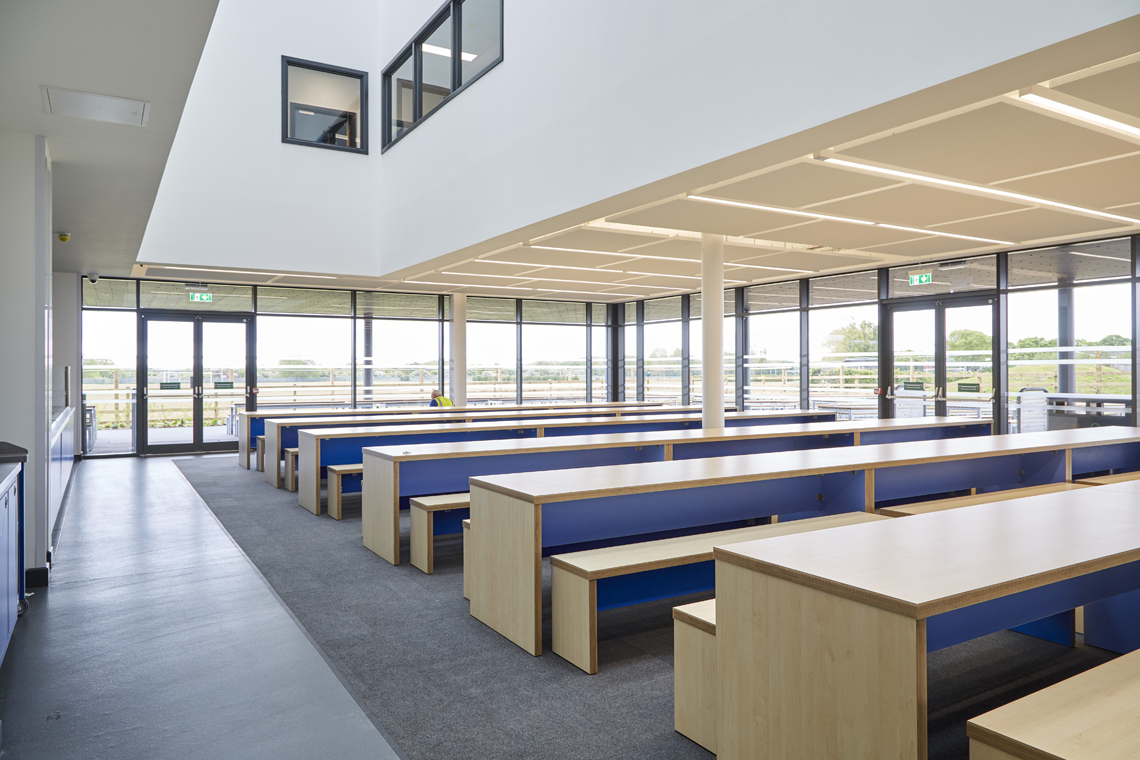
Maximise light and outside view
To achieve the highest possible light levels, we used our structural glass rafters to reinforce the structure. These give support without breaking the sight line which is vital for providing an outside view, another important design aspect for health and wellbeing. The rooflight design enhances this further as only the glass element with a black painted edge border can be seen from above and below.
There are six 39mm glass rafters in total, two per rooflight and each made from Class 2 safety glass. Each rooflight is split into six 28mm double glazed units with a 6.8mm laminated inner pane and a toughened, easy clean outer pane. They each achieve a U-value of 1.0Wm2K.
The aluminium structure of each rooflight is powder coated in RAL 7043 Traffic grey B Matt, for durability.
The project was delivered by Hull Esteem Consortium LEP Ltd as part of Hull City Council’s Pupil Place Planning project. The school expansion is one of several schemes taking place across the city, benefiting from a wider £50m being spent to ensure children have the best education facilities possible.
To find out how Howells’s glazed roof products can boost daylight levels and improve occupier health and comfort on your next project visit www.howellsglazing.co.uk
Header image: Three flat-top rooflights were installed at Kingswood Academy in Hull.


